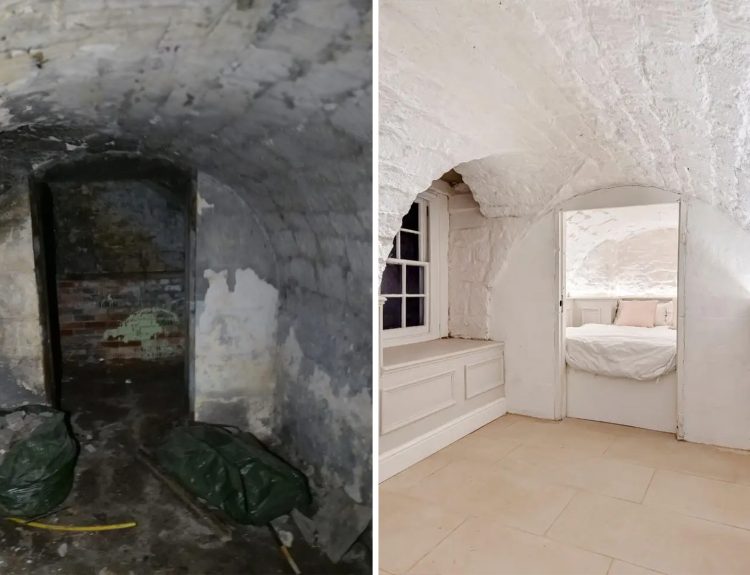It’s safe to say that there’s an affordability crisis in the United States Housing Markets. While Red states like Texas have been successful in constructing millions of new homes over the past couple of years, Blue states like California and New York are struggling to keep up.
This housing shortage is not a new dilemma. It all started with the financial crisis of 2008. As a result, not enough homes were built afterward. Now, prices remain high, despite some potential buyers being unable to afford them because of higher mortgage rates.
Number Of Available Homes Remains Low
According to Matthew Walsh, a housing economist at Moody’s Analytics, the number of homes available for sale has increased recently but remains low compared to historical levels.
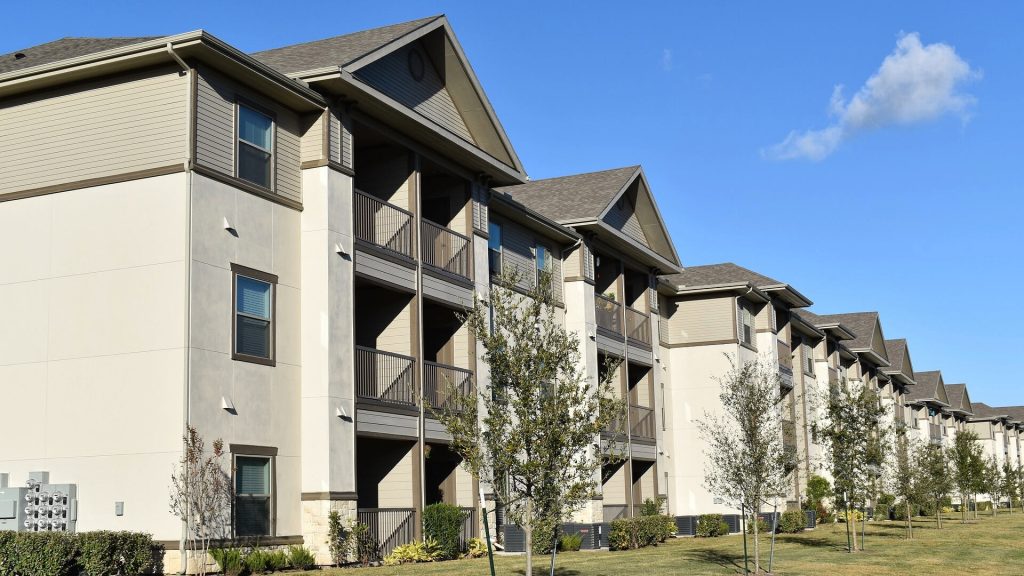
He previously mentioned that buyers are ‘competing for a limited pool of homes,” and this in turn is pushing prices up. He stated that at the current rate, the housing market only has a supply worth about 3.5 months of sales.
Homebuyers Are Profiting At The Expense Of Homeowners
While it’s tough for people trying to buy homes, those who already own homes are still at an advantage. Walsh said that nationally, house prices have never gone down when there’s been less than six months of supply available.

“Given that most potential homebuyers are also home sellers, inventories are further depressed by a coordination problem wherein owners are unwilling to list their homes for sale, given the risk they will not find a property to buy.”
Texas Ahead Of California In Building New Homes
In the past few years, Texas has seen the highest number of new homes built. Recently, there has been a drop in prices, which has pleased potential homebuyers.

Lawrence Yun, the chief economist and senior vice president of research at the National Association of Realtors (NAR) in support of this claim mentioned during a recent interview that Texas—a red state— has built a lot more homes than California—a blue state— over the past few years.
Home Building Permits Comparison
In the last two years, California gave permits for about 116,693 single-family homes out of 221,983 total permits. Over the same period, Texas issued permits for around 293,569 single-family homes out of 477,825 total permits. The figure is more than double California’s numbers.
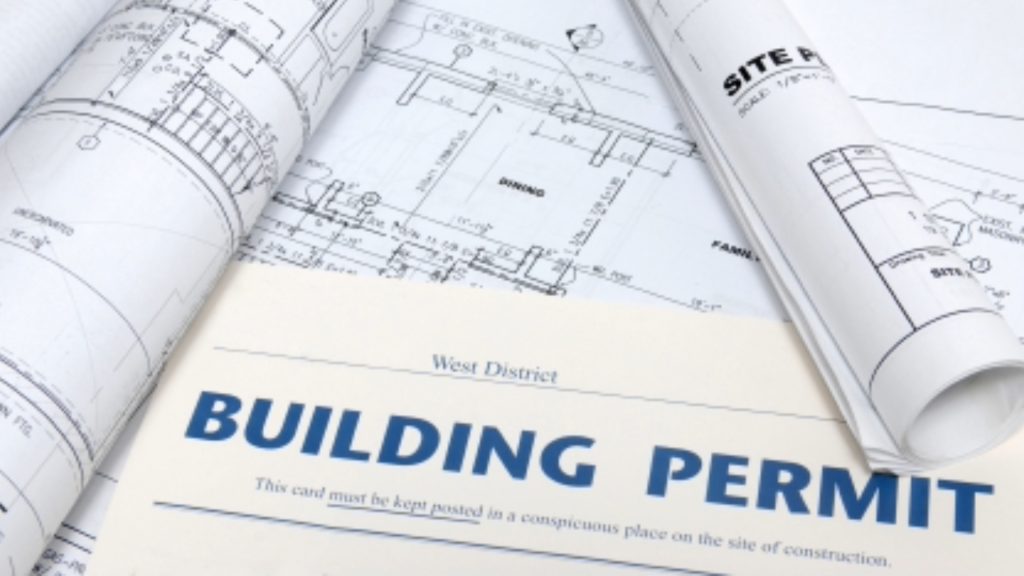
Over the past decade, California issued approximately 1,069,096 permits in total. This included 555,943 for single-family homes. Texas on the other hand issued about 2,017,652 permits. 1,303,555 out of that total was for single-family homes, according to NAR data.
More New Homes Building In The South
Yun stated that the South sees more new home construction, though exact state comparisons are lacking.
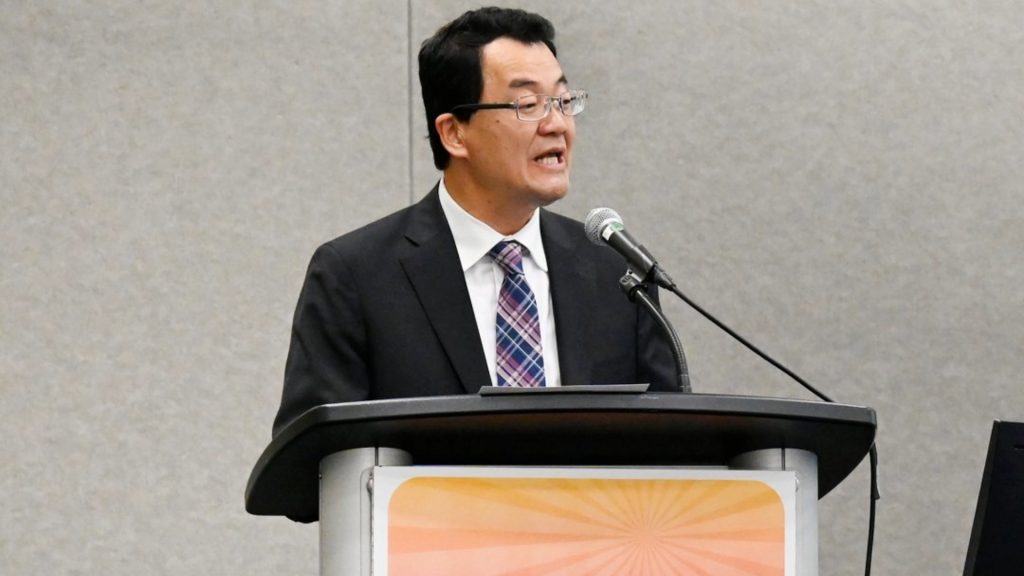
Walsh pointed out that Texas and Florida began building the most units in 2023. In terms of per person, Idaho, North Carolina, and Florida led in new home construction last year.
Fewer Regulations Behind Texas’ New Homes Drive
“By our estimate, there were approximately 217,000 total housing units started in Texas over 2023, 26,000 started in New York, and 106,000 started in California,” Walsh told a news outlet.

Yun explained that in Texas, the higher number of permits issued for new home construction is mainly because the state “has less regulation for building” than other states like California.
California’s Strict Rules A Limiter On Home Building
Yun also noted that California’s strict regulations limit adding more housing supply, frustrating Realtors and restricting home building.

Walsh added that Texas builds more homes due to its abundant construction workers and lower construction and labor costs compared to states like New York or California.
Housing Demands Higher In Texas Than Blue States
Walsh also mentioned that Texas has less strict zoning laws, making it easier to start building new homes. He stressed that the demand for homes in Texas is much higher compared to California or New York.
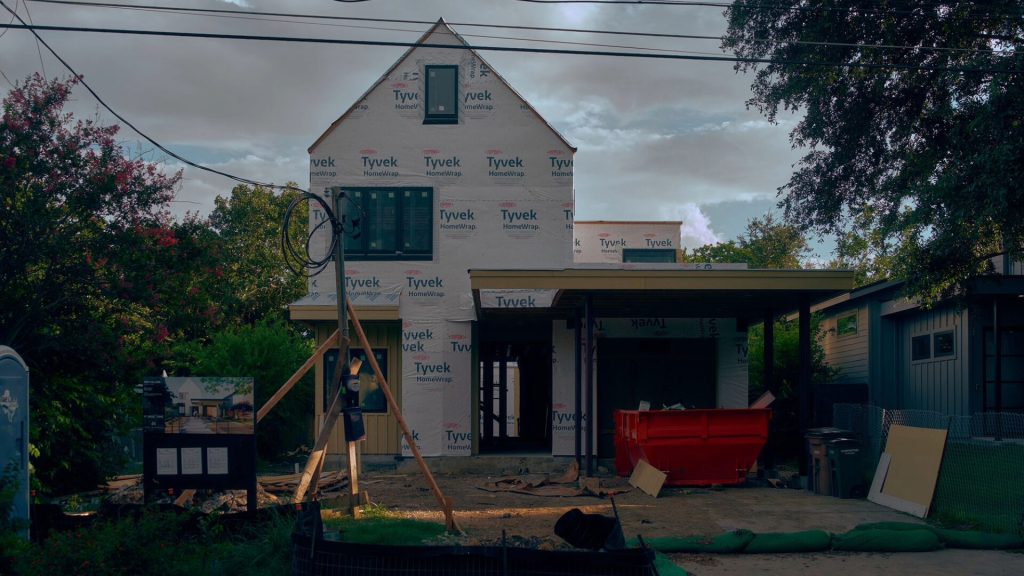
“Texas was among the four fastest growing states in the nation last year, while California and New York lost residents. Builders are sensitive to these local demographic trends when making investment decisions.”
Relaxed Zoning Laws And Lower Costs
Daryl Fairweather, the chief economist at Redfin, told Newsweek that building in Texas is simpler because of relaxed rules, less paperwork, cheaper land, and lower building costs. Also, many people from other states want to buy homes in Texas.

Because of these differences in how homes are built, Yun said that Texas is making more homes to meet the demand, but California not having enough homes is causing economic problems.
More Homes Are The Way To Go
He made reference to a situation where some have million-dollar properties while others, the majority, lack housing wealth and are stuck paying high rents as renters.
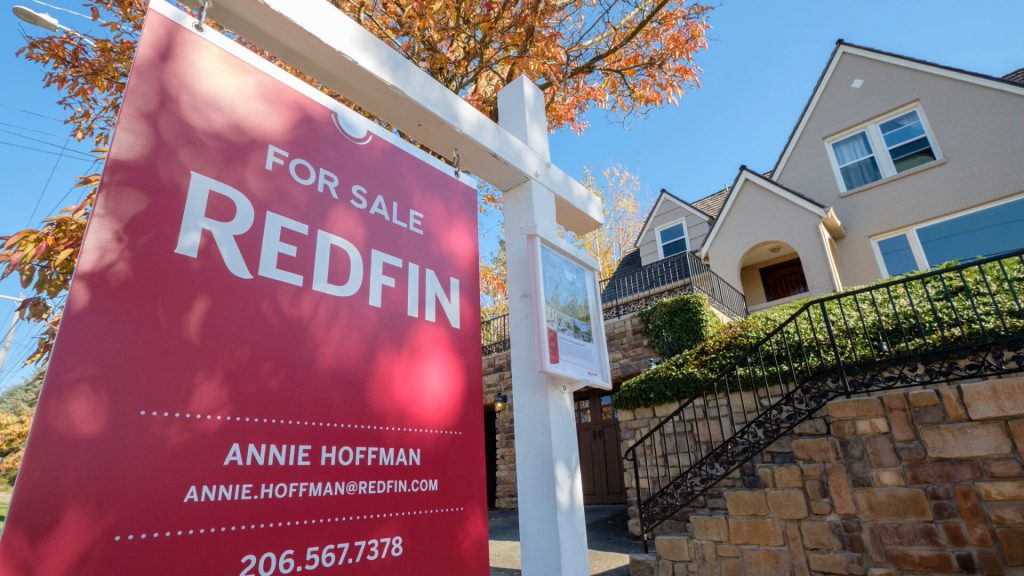
According to Yun, when it comes to fixing the current affordability crisis, Texas got it right. Building more homes is the only way “to satisfy housing demand.”
Ease Up Zoning Restrictions
Walsh emphasized that the low inventory, a major factor in the housing market for years, is a “complicated problem” and multiple solutions are needed to solve the dilemma of housing shortage. He highlighted that easing zoning restrictions would be one of the most effective ways to increase new housing supply.

“Because these laws are typically set by the locality, it is incredibly difficult to address these issues at the state level,” he added. “Federally, immigration reform could help lessen the shortage of builders, which has been a pressing issue since the Great Financial Crisis, and has lifted construction costs.”
The Way Forward For California
Fairweather suggested that the shortage of homes could be resolved by simplifying the process of building multi-family homes.

She said that California has already made reforms to zoning laws at the state level. What’s left is for “those laws to be enforced, and development needs to be supported instead of interfered with.”
Housing Hurdles: Fixing The Mix
It’s not just Democratic states facing housing problems. Many big cities are struggling with a lack of housing, causing rents to soar. People with lower or middle incomes can’t afford to live in areas with the best opportunities, leading to more homelessness. Developers often struggle to build where new homes are needed most.
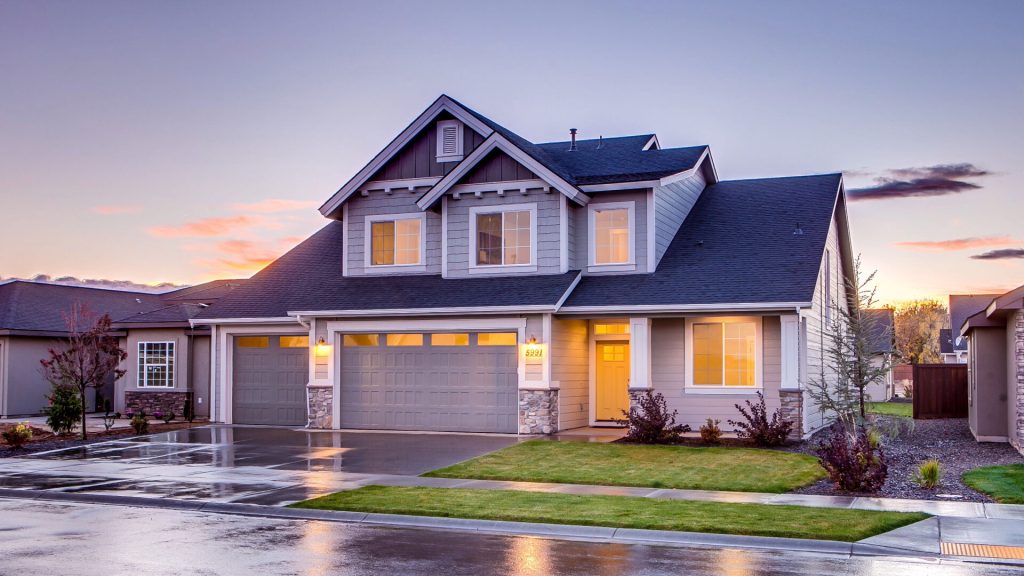
The solutions are simple: Build more homes where needed, make cheaper homes, build near public transportation, and offer more housing vouchers.






